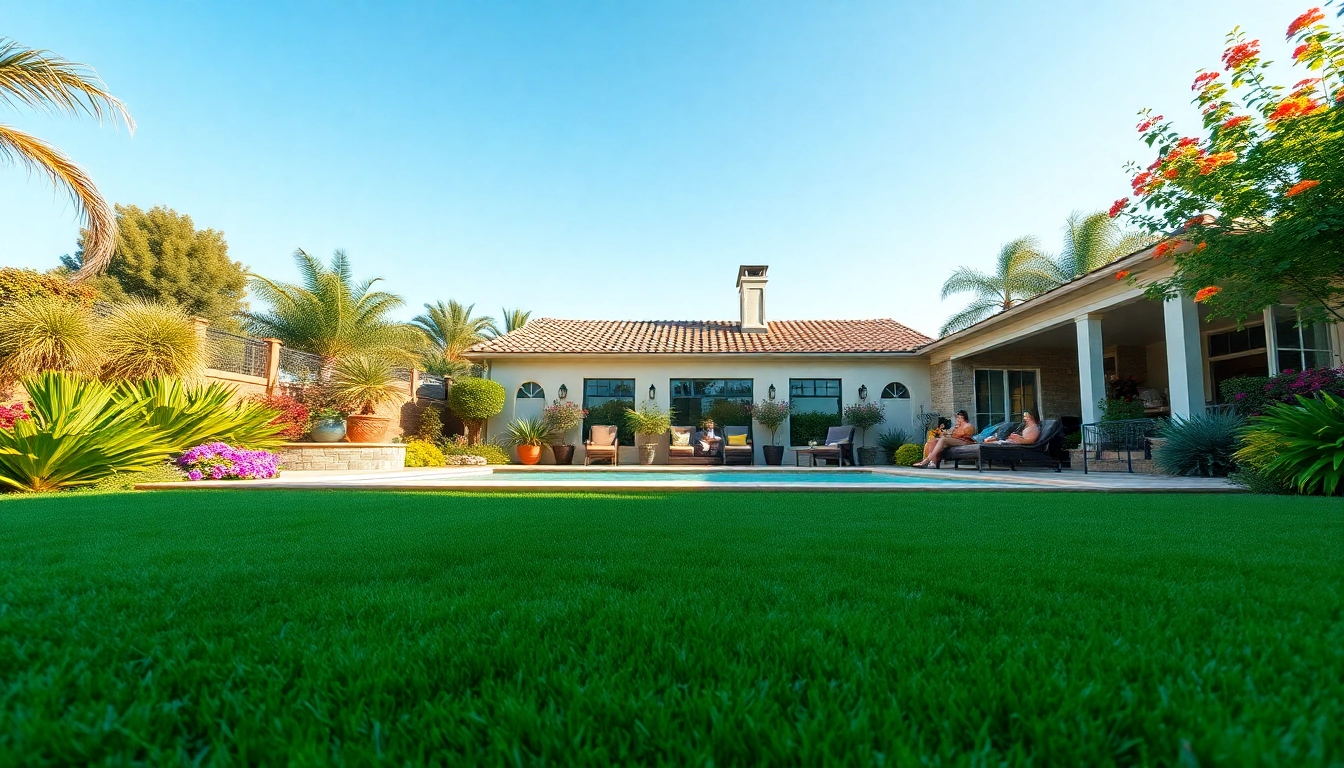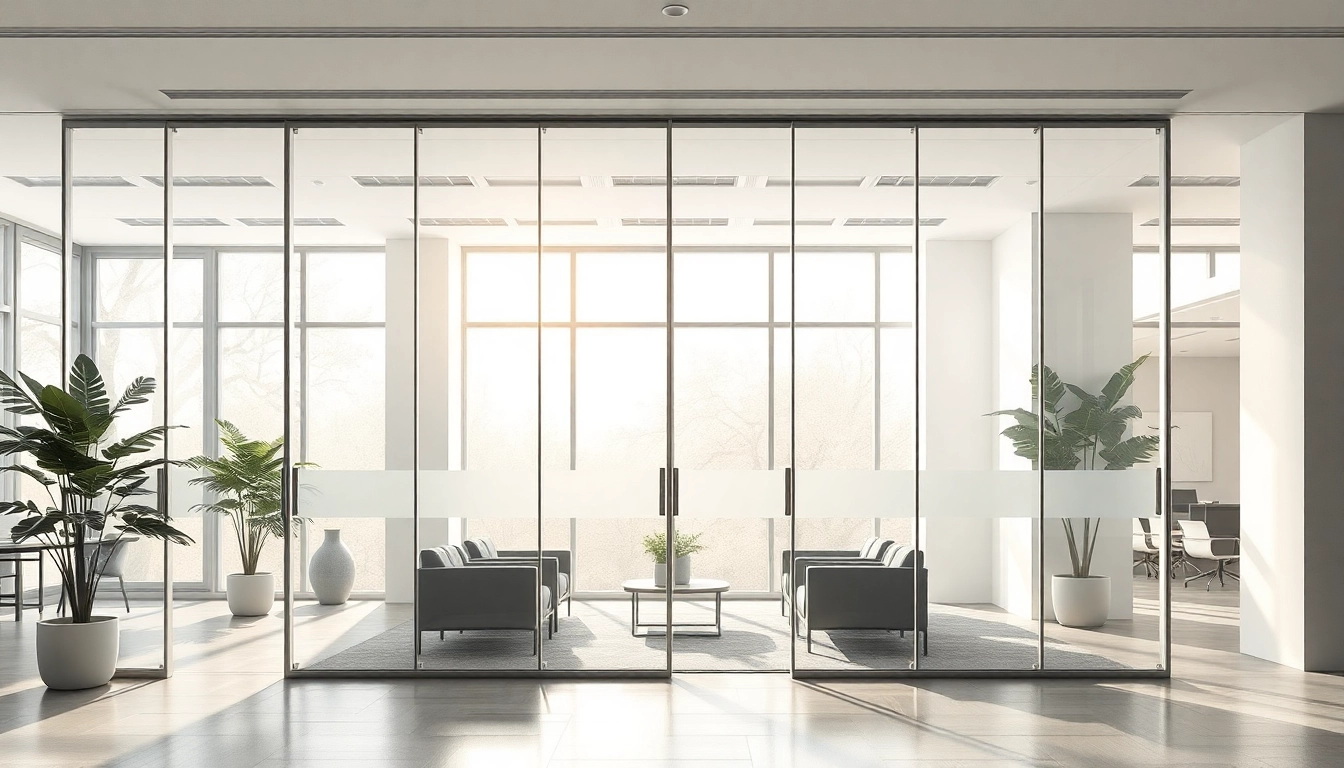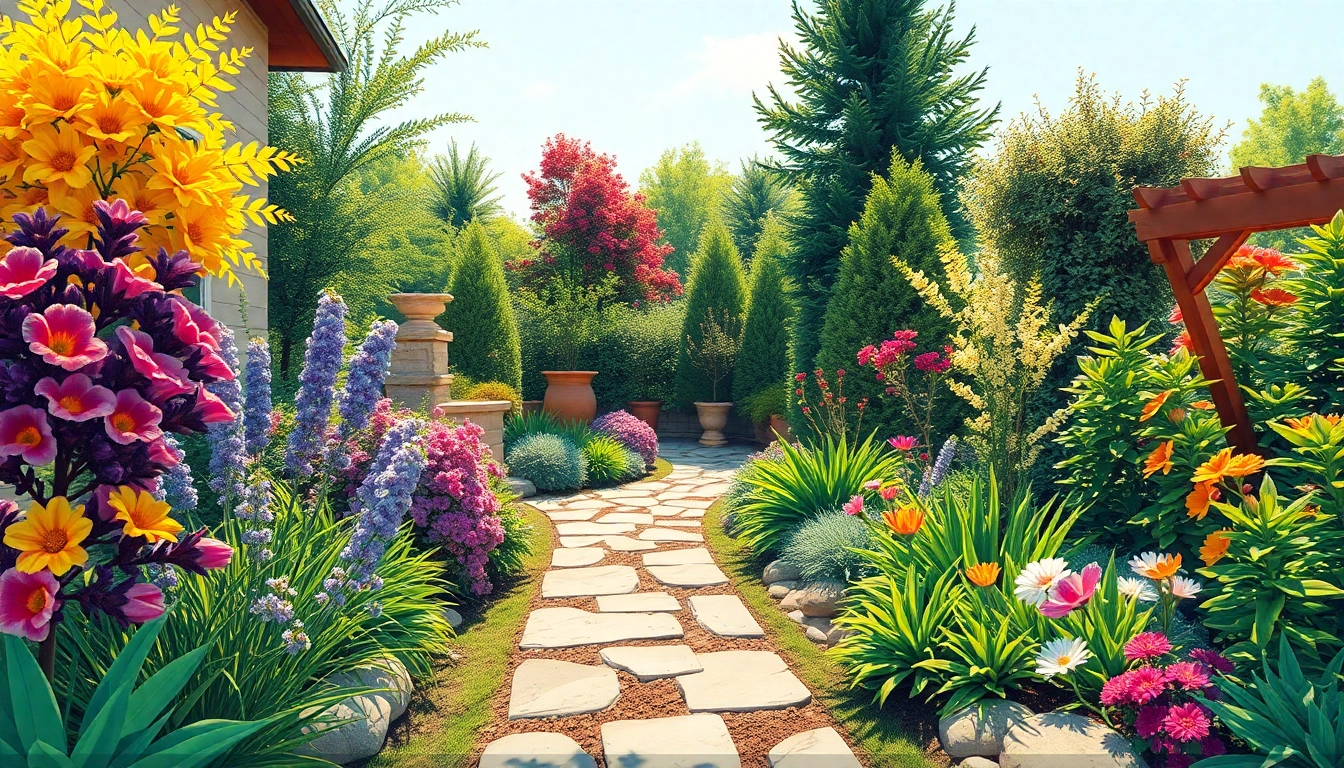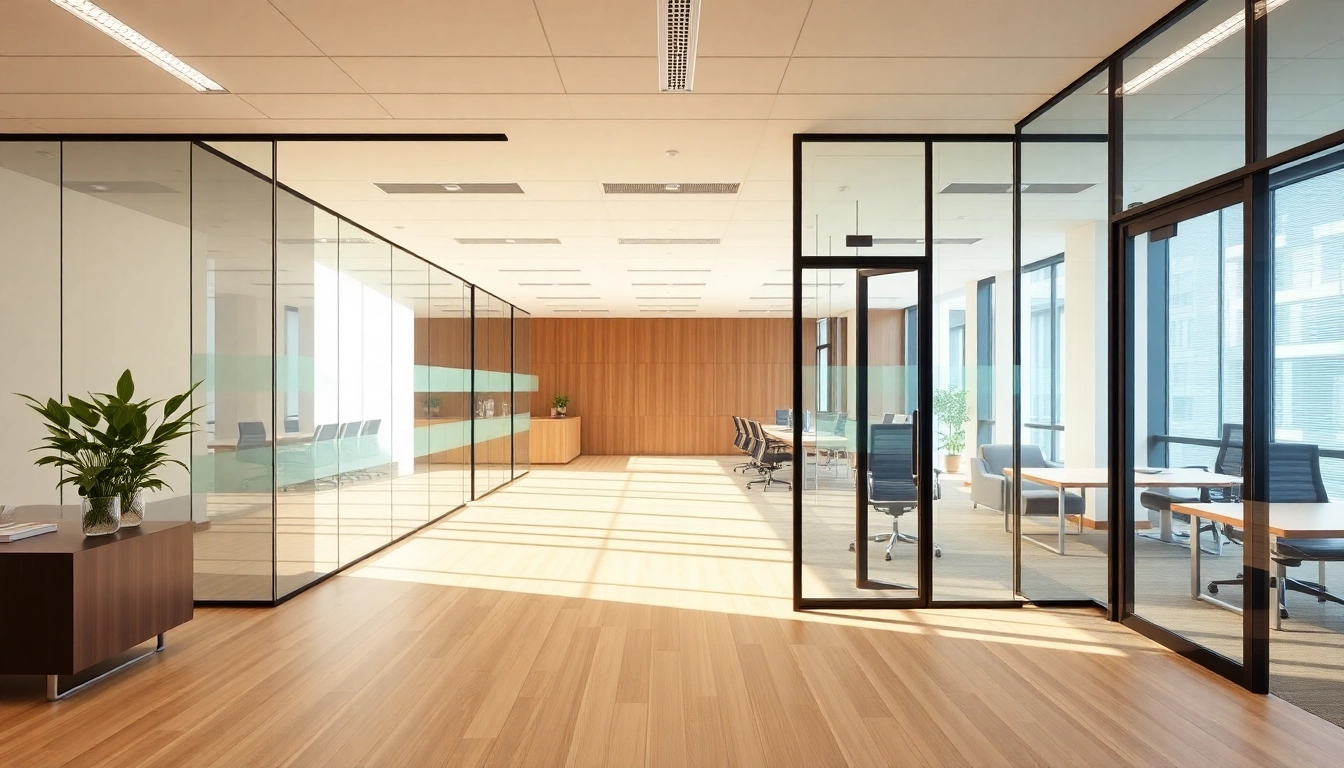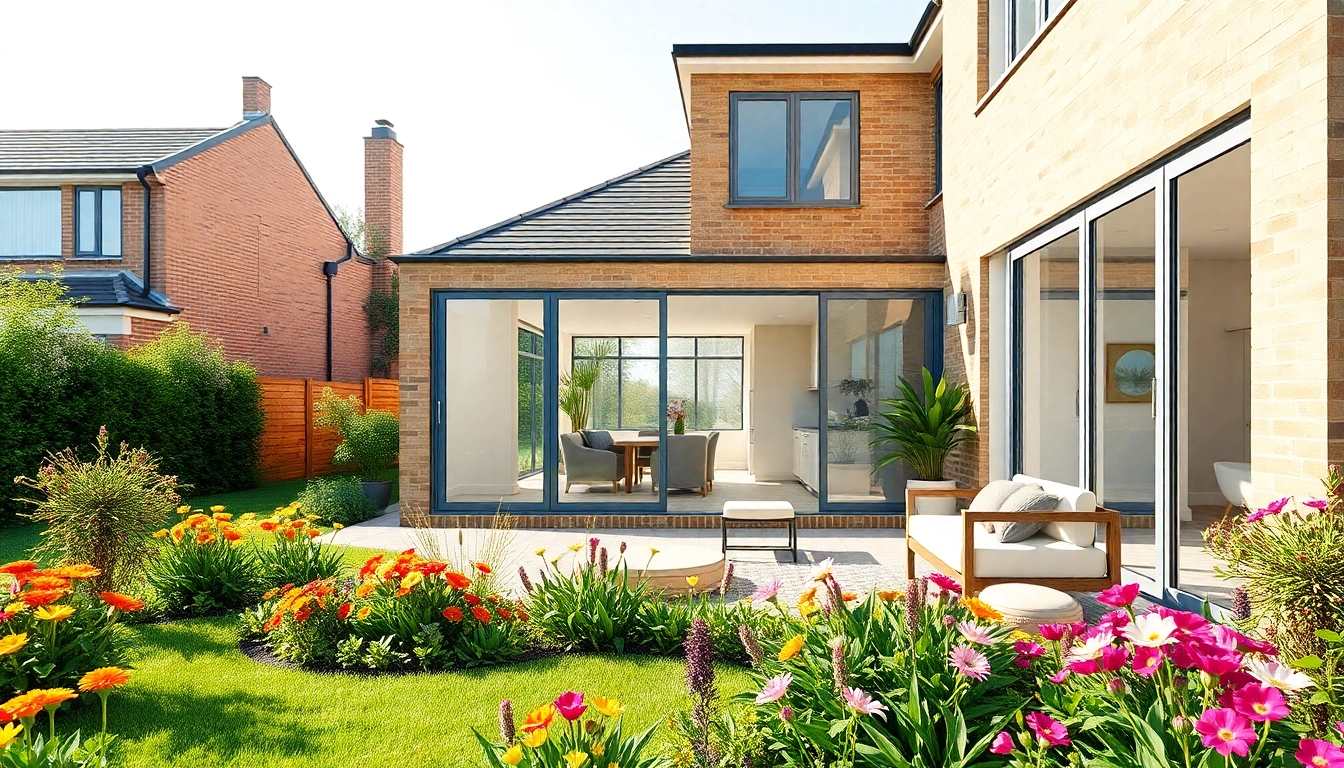Understanding the Basics of Pool Design
Creating an oasis right in your backyard is a dream shared by many homeowners. To build your own pool, it’s vital to understand the fundamental concepts of pool design. Each pool is unique, catering to different lifestyles, spaces, and budgets. In this section, we will explore various crucial aspects of pool design, including types of pools, essential features, and the importance of planning your space accurately.
Types of Pools: In-Ground vs. Above-Ground
One of the first considerations in pool design is deciding between an in-ground or above-ground pool.
In-ground pools are permanent fixtures, offering greater versatility in size, shape, and depth. They generally include options such as concrete, fiberglass, or vinyl liner pools, each with distinct characteristics.
Above-ground pools, on the other hand, are more affordable and can be installed more quickly. They come in a variety of shapes and sizes but often lack the customization features of in-ground pools. Each type has its advantages and disadvantages, and your choice will depend on your space, budget, and intended use.
Essential Features to Consider for Your Design
When crafting your ideal pool, consider the following essential features:
- Depth and Shape: Determine how deep you want your pool to be, considering activities like diving, swimming, or simply relaxing.
- Heating and Cooling: Decide if you want a heated pool for year-round use or a cooling system for hot summer days.
- Water Features: Waterfalls, fountains, and jets can enhance the aesthetic appeal and create a soothing atmosphere.
- Lighting: Underwater and surrounding lighting can transform your pool experience at night.
Planning the Space: Dimensions and Layout
Proper planning is crucial in pool design. Start by assessing your yard’s dimensions and considering how the pool’s layout will integrate with existing structures and landscaping. Take into account:
- Your family’s needs and wants, including how many people will use the pool regularly.
- How much space you can dedicate to the pool and whether a deck or patio is needed.
- Local codes and regulations that might influence the pool’s dimensions and location.
Key Steps to Build Your Own Pool
Selecting the Right Materials and Equipment
Your choice of materials will greatly influence the longevity and maintenance of your pool. Common options for in-ground pools include:
- Concrete: Highly customizable and durable but requires significant labor for installation.
- Fiberglass: Pre-molded shells that can be installed quickly but offer limited customization.
- Vinyl Liners: Cost-effective options that can be easily replaced but may not be as long-lasting as concrete.
Additionally, you’ll need to invest in quality equipment, including pumps, filters, and heaters, considering the size and features of your pool.
Hiring Contractors vs. DIY Approaches
One of the critical decisions in building your pool is whether to hire contractors or take a DIY approach. Contractors bring expertise, tools, and connections to streamline the building process. However, this typically involves significant costs.
On the other hand, DIY projects can save money but require substantial time, effort, and skill. Assess your comfort level with construction work and your willingness to navigate potential challenges before deciding.
Permits and Regulations: What You Need to Know
Before beginning your pool construction, familiarize yourself with local laws regarding pool installation. Most areas require permits, which ensure safety standards are met. Key factors to research include:
- Building codes relating to pool depth, fencing, and electrical systems.
- Zoning requirements that may govern the placement of the pool on your property.
- Inspections that may be needed during different construction phases.
Taking the time to navigate these regulations upfront can prevent costly setbacks later in the project.
Incorporating Safety Features
Pool Fencing Requirements and Best Practices
Safety should always be a top priority when considering a pool. Many local regulations require fencing around pools to create a barrier, preventing unauthorized access, especially by children. Key elements of an effective fence include:
- A height of at least four feet, with no footholds that could allow climbing.
- Self-closing and self-latching gates positioned out of reach of young children.
Child Safety Measures: Coverings and Alarms
In addition to fencing, additional safety measures can provide peace of mind. Automatic pool covers can be invaluable, offering an instant barrier over the pool when not in use. Furthermore, alarms placed on gates or pool edges can alert you if someone enters the area unexpectedly, adding another layer of security.
Maintenance and Safety Equipment
Regular maintenance is essential for a safe swimming environment. Invest in essential equipment, including:
- Skimmers and Nets: To keep debris out of the pool.
- Testing Kits: To monitor pH levels and overall water quality.
- Safety Equipment: Such as life rings and rescue hooks.
Enhancing Your Pool Experience
Landscaping Ideas Around Your Pool
The area surrounding your pool can greatly enhance your overall experience. Consider these landscaping ideas:
- Planting Native Vegetation: Choose plants that thrive in your local climate, reducing upkeep and water requirements.
- Incorporating Hardscape Elements: Such as stone pathways or wooden decks that blend seamlessly with your pool.
- Outdoor Living Spaces: Create seating areas or pergolas near your pool for relaxation.
Recommended Pool Accessories and Add-ons
Enhancing your pool with accessories can improve functionality and enjoyment. Popular options include:
- Water Slides: Add excitement for both kids and adults alike.
- Pool Lounges: Comfortable furniture to enjoy poolside.
- Built-in Grills or Outdoor Kitchens: Perfect for entertaining guests while enjoying the water.
Lighting Solutions for a Beautiful Nighttime Ambiance
Consider lighting when planning your pool area. Underwater LED lights and landscape lighting can create an enchanting nighttime atmosphere. Employ dimmable options to set the mood for evening gatherings or tranquil nights can enhance your pool experience immensely.
Common Challenges When Building Your Own Pool
Managing Budget Constraints and Unexpected Costs
One of the most common challenges is staying within budget. Unexpected costs can arise, such as site preparation, utility relocation, or equipment upgrades. To prevent surprises, create a buffer in your budget for unforeseen expenses and prioritize your spending based on essential needs versus wants.
Dealing with Soil and Weather Conditions
Soil quality and weather can significantly affect the construction process. For instance, clay soil may require extra excavation, while heavy rain can delay work. Assessing soil conditions before deciding on the pool’s placement is essential. Have contingency plans in place for construction delays due to inclement weather.
Post-Construction Maintenance Tips
Once your pool is complete, ongoing maintenance is key to keeping it in top condition. Important tips include:
- Regularly checking and adjusting chemical levels.
- Seasonal servicing of pumps and filters.
- Keeping an eye out for cracks or damages to the perimeter and surfaces.
